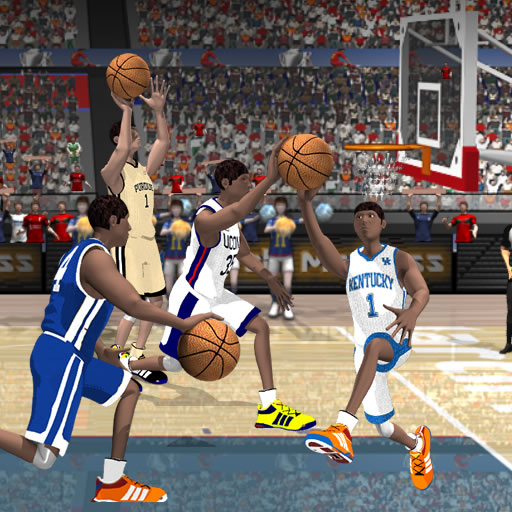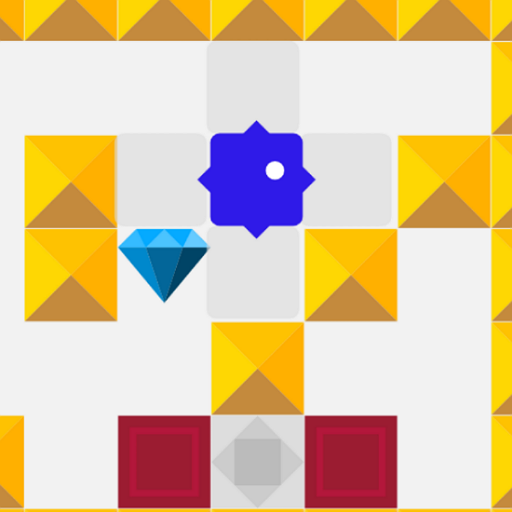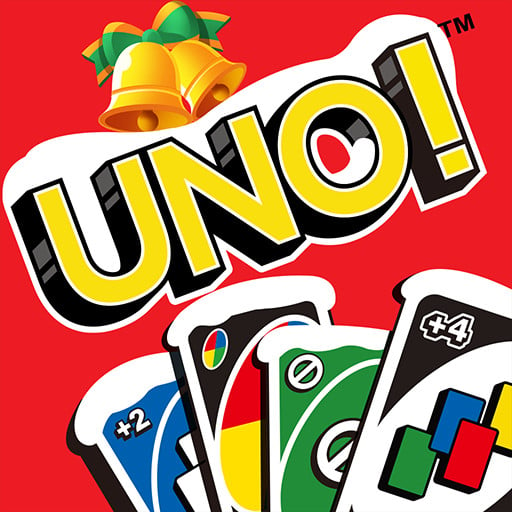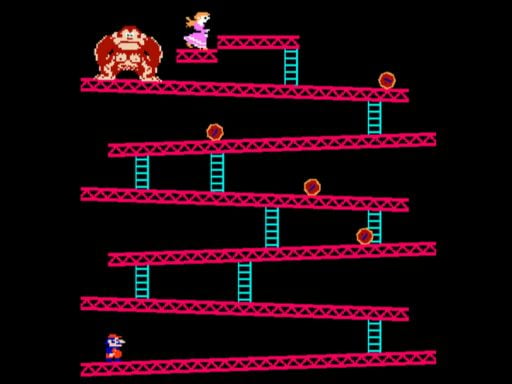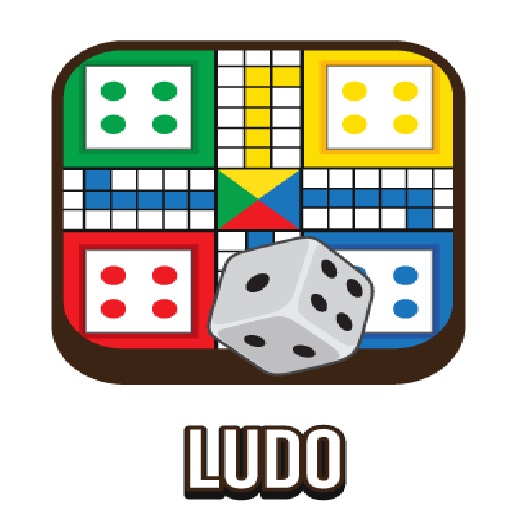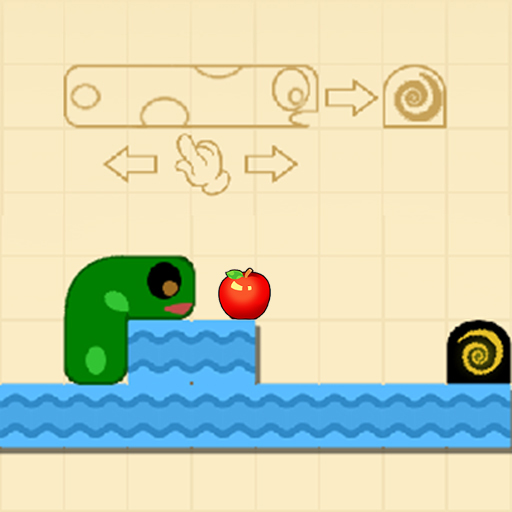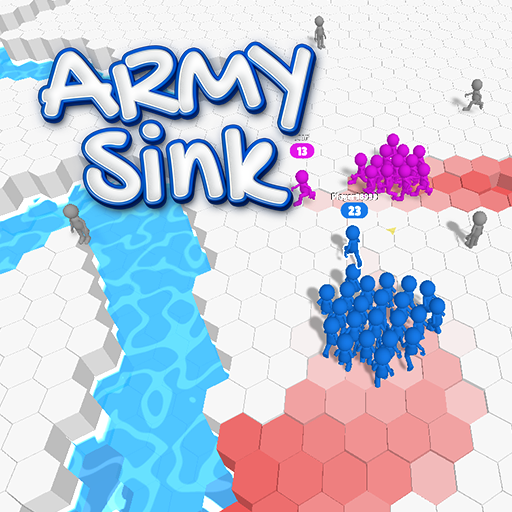Similar Games
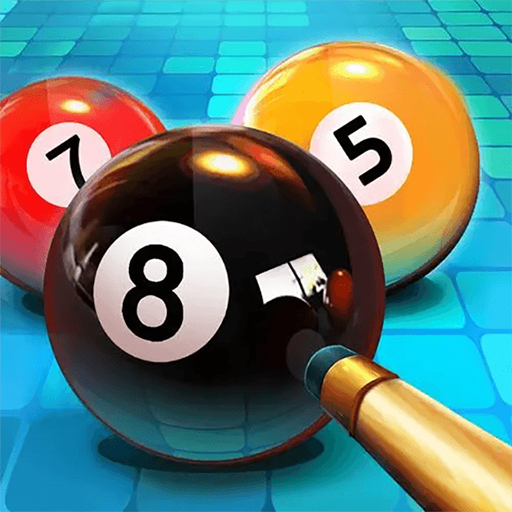
Billiard Champion
Billiard Champion
Billiards, a game with deep historical roots, has evolved over centuries and become one of the most popular cue sports worldwide. Whether it’s played in professional tournaments or casual settings, the game captivates players with its combination of strategy, skill, and finesse. In this article, we will explore the history, types, equipment, and techniques involved in billiards, as well as its cultural impact and the evolution of the sport.
The History of Billiards
Billiards is believed to have originated in Europe during the 15th century, though its exact beginnings are a matter of some debate. The game is thought to have evolved from outdoor lawn games such as croquet and billiards, with players using sticks to hit balls into holes or pockets. The first versions of billiards were played on grass, but over time, the game migrated indoors and was played on a rectangular table with a cloth surface.
In the early days, billiards was mostly reserved for the aristocracy, as it required expensive equipment and was seen as a pastime for the wealthy. However, over time, the game gained popularity and began to spread across social classes, eventually becoming a common feature in bars and recreational halls.
The game of billiards was once used to help aristocrats improve their hand-eye coordination and reflexes. In the 17th and 18th centuries, the game began to diversify, and several variants were created, such as French and English billiards. The development of cue sticks and the introduction of the concept of “pocketing” balls set the stage for the modern versions of the game.
Types of Billiard Games
Billiards, in its current form, encompasses several variations, each with its own unique set of rules and objectives. Some of the most well-known types of billiard games include:
Carom Billiards
Carom billiards is a version of the game that is played on a table without pockets. In carom billiards, the goal is to hit both of your opponent’s balls in a single shot, earning points for each successful carom (or strike). The game requires great skill and precision, as players must focus on positioning their balls in such a way that they can make successive successful shots.
Pool
Pool is one of the most widely recognized forms of billiards. Played on a table with six pockets, the game involves players trying to pot balls into these pockets using a cue ball. One of the most common versions of pool is eight-ball, where players must sink either the solid-colored or striped balls and finally pot the eight-ball to win the game. Other variations of pool include nine-ball and straight pool, each with slightly different rules and strategies.
Snooker
Snooker is a game that is often associated with professional tournaments and is particularly popular in the United Kingdom. Played on a larger table with smaller pockets, snooker involves a more complex scoring system than pool. In snooker, players must pot balls in a specific order: first, the red balls, followed by the colored balls in a predetermined sequence. Snooker requires high levels of tactical thinking, as players must continually think several moves ahead to avoid leaving their opponent an easy shot.
English Billiards
English billiards is a combination of snooker and carom billiards, where players can score points by potting balls, making caroms, or a combination of both. Played on a table with three balls, this game is often seen as a bridge between the two other major types of billiard games.
Billiard Equipment
To play billiards, a specific set of equipment is required. The most important items include the billiard table, cue sticks, balls, and chalk. Let’s take a closer look at each piece of equipment.
Billiard Table
The billiard table is the foundation of the game. It comes in different sizes depending on the variation of billiards being played. A pool table typically measures 8 feet or 9 feet in length, while a snooker table is usually larger, around 12 feet. The table surface is covered with a cloth, which provides a smooth and consistent playing area. The edges of the table are bordered by cushions, which help balls rebound during gameplay.
Cue Stick
The cue stick is a long, slender instrument used to strike the cue ball. Made from various materials, including wood, fiberglass, and carbon fiber, the cue stick is designed for precision and control. The tip of the cue stick is often coated with a layer of chalk to improve friction between the stick and the cue ball, ensuring a clean strike.
Billiard Balls
Billiard balls are typically made of phenolic resin or a similar durable material. In pool, there are 16 balls: one cue ball and 15 object balls, which include the numbered balls and the 8-ball. In snooker, there are 22 balls, including 15 red balls, six colored balls, and one cue ball. Each type of billiard game uses a different set of balls, but the objective remains the same: pot the balls using the cue ball.
Chalk
Chalk is an essential accessory for players, as it ensures a good grip on the cue ball when striking. The chalk is applied to the tip of the cue stick before each shot to prevent slipping or misfiring. Regular use of chalk can help improve the accuracy and consistency of a player’s shots.
Techniques and Skills in Billiards
Billiards requires a high level of skill, precision, and mental focus. Players must master various techniques to excel in the game, from basic shots to complex combinations. Some of the key techniques in billiards include:
The Stance
A proper stance is crucial to maintaining balance and stability while taking a shot. The player should stand with their feet shoulder-width apart, with the non-dominant hand placed on the table to provide support. The body should remain still while executing the shot to avoid unnecessary movement.
The Bridge
The bridge is the position in which a player places their non-dominant hand on the table to guide the cue stick. There are two main types of bridges: the open bridge, where the player’s fingers form a V shape, and the closed bridge, which provides more stability and control by wrapping the fingers around the cue stick.
The Stroke
The stroke is the motion used to strike the cue ball. A smooth, controlled stroke is essential for accurate shots. The player should maintain a steady, fluid motion, keeping the cue stick parallel to the table surface. A powerful stroke can result in a more forceful shot, while a delicate stroke allows for greater finesse and control.
English and Spin
One of the most advanced techniques in billiards is the use of spin or “English.” Spin is achieved by striking the cue ball off-center, which imparts rotational movement to the ball. There are several types of spin, including topspin, backspin, and sidespin. Using spin allows players to control the trajectory of the cue ball and make complex shots, such as curve shots or controlling the position of the cue ball after it strikes an object ball.
Billiards as a Sport and Its Cultural Impact
Billiards has a rich cultural history and continues to be enjoyed by millions of people around the world. The sport has produced many iconic players who have helped elevate it to a professional level. Tournaments like the World Snooker Championship, the US Open Pool Championship, and the Carom Billiards World Championship are watched by enthusiasts globally.
In addition to its competitive nature, billiards has served as a social activity, providing a space for people to gather and enjoy friendly competition. Many pubs, clubs, and recreational centers feature billiard tables, making the game accessible to a broad audience.
Billiards also has a significant impact on popular culture, often depicted in films, television shows, and literature. Movies such as The Hustler (1961) and Color of Money (1986), both starring Paul Newman, have contributed to the romanticized image of the pool hall and the thrill of the game. These films not only celebrate the skill involved but also delve into the psychology of the players, portraying the game as a metaphor for life’s struggles and triumphs.
Conclusion
Billiards, with its deep history, diverse variations, and intricate techniques, remains one of the most fascinating and enduring sports in the world. From the elegance of snooker to the strategy of pool and the precision of carom billiards, the game offers something for everyone. Whether played for leisure or competition, billiards is a sport that continues to challenge and engage players, making it an enduring part of both recreational and professional sportscapes.
With its timeless appeal, billiards has secured its place in the hearts of millions of players worldwide, transcending generations and cultures. As long as there are tables, cues, and balls, the game will continue to thrive, evolving while still honoring its rich heritage.
